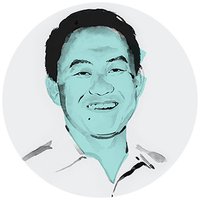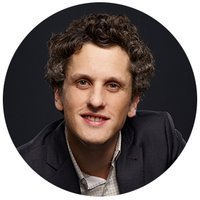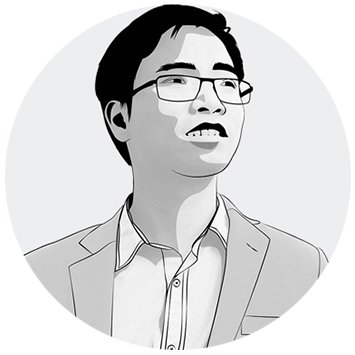Computer & electronics hardware
Quoc Le
Frustration with waiting for computers to learn things inspired a better approach.
Illustration by Lynne Carty

Latin America
Caleb Antonio Rascón Estebané
Created a robotic auditory system capable of detecting and locating various sound sources with fewer microphones

Global
Kuang Chen
A novel way to get data off paper records and into the digital age.

Global
Aaron Levie
The founder of Box wants to reconfigure the way we work.

Latin America
Isabel Medem
Launched a system of dry bathrooms that recycle human feces to produce compost
